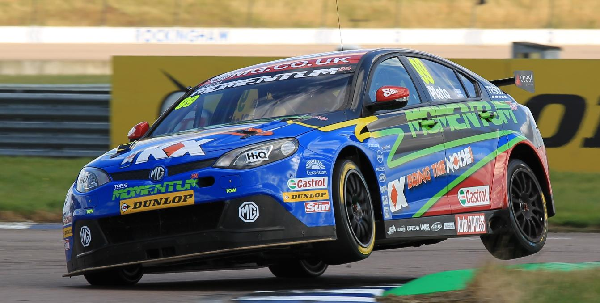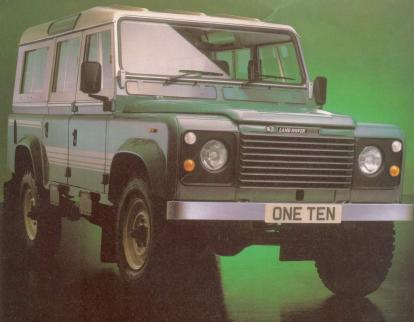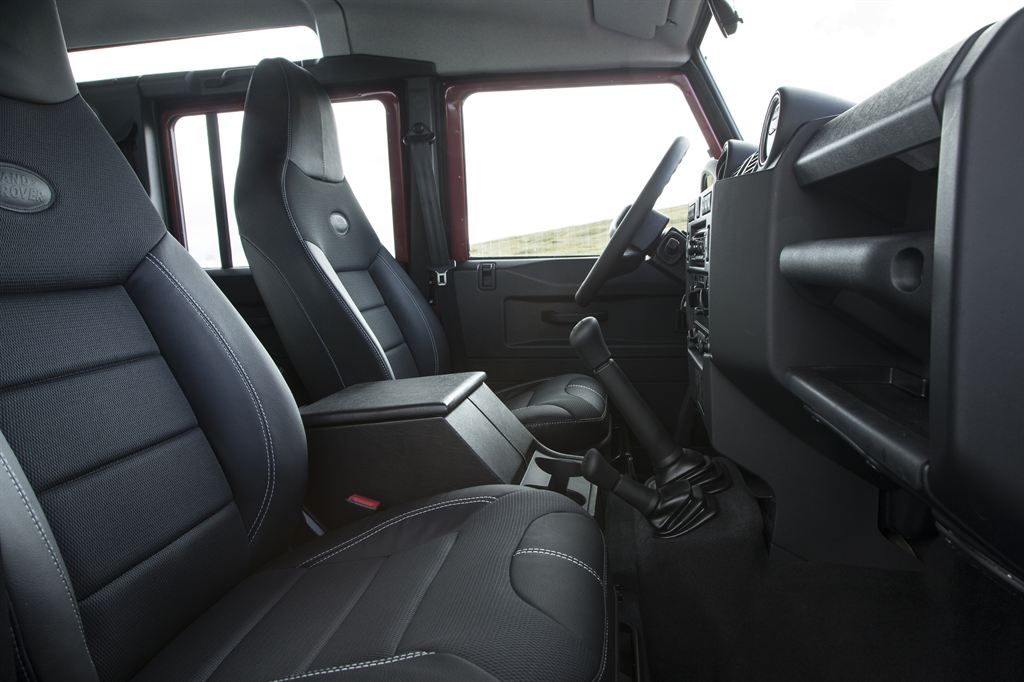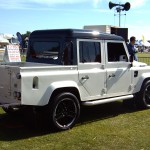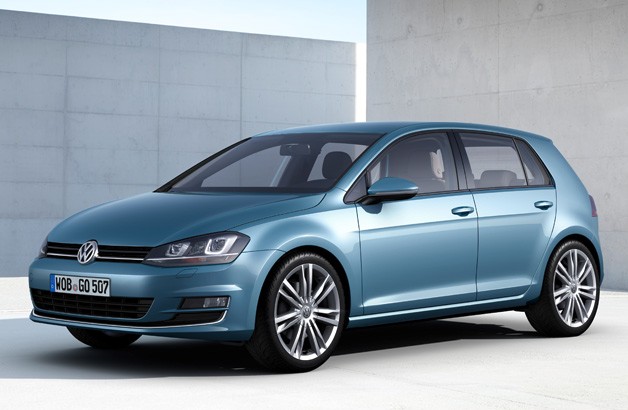 It had to happen. As an enthusiast of all things Leyland and an almost equally hopeless admirer of old French cars the time has come to combine the two. You see, I’ve long had this sneaking suspicion that British Leyland would have been much more successful if it was French Leyland. That’s not the set-up to a joke about strikes. Neither is it a direct compliment to the French as a people, who seem to see the added value of buying domestic products, even when their industry is turning out some right clangers.
It had to happen. As an enthusiast of all things Leyland and an almost equally hopeless admirer of old French cars the time has come to combine the two. You see, I’ve long had this sneaking suspicion that British Leyland would have been much more successful if it was French Leyland. That’s not the set-up to a joke about strikes. Neither is it a direct compliment to the French as a people, who seem to see the added value of buying domestic products, even when their industry is turning out some right clangers.
In fact my hypothesis is slightly related to that last point. I think that one of British Leyland’s problems (actually set in place by its BMC predecessor) wasn’t so much that it’s cars were awful but that they were pitched at the wrong country- Britain.
Britons, as a whole, don’t like change, as the continued existence of the Daily Mail proves. Almost any slight alteration or unravelling in the fabric of life is met with cries of apocalyptic panic, even around such mundane things as the changing of the Post Office charging rates or the ceasing of Spam production. Car enthusiasts are often some of the worse. Any new model is immediately denounced as inferior to the one before (often before the new one has even been built) and any alterations or additions to the car’s specification is decried as ‘ruining the brand’ or ‘ignoring the heritage’.
Of all the British car companies probably none have been so innovative as BMC with Alec Issigonis on board. With the Morris Minor already in hand Issigonis cranked out a string of cars that each blazed a trail in their sectors and all based around his transverse-engined, front-wheel drive, rubber-suspended cars. A company making front wheel drive cars with odd suspension? Ring any Continental bells? It should be pointed out that Issigonis was not British, but was born in Turkey to a Greek family.
The Mini started the ball rolling and that was fine. It was so blindingly obviously better than anything in its class that had gone before that it sold like hot cakes. The same with the ADO16 models that followed. Then Issigonis began targeting the middle of the market with the ADO17 ‘Landcrab’ and, latterly, the ADO14, the Maxi. Here his own particular tastes and thoughts began to conflict with what the market wanted, and here is where we get to the nub of my argument.
Issigonis had a very ‘French’ view of car design. The French are a nation of philosophers and seem to instinctively approach design in a rather intellectual way. They care about what a product can do rather than simply how it looks.Think of the iconic, post-war French cars- from Citroen there’s the 2CV, the DS, the Ami, the GS, the CX, and the BX. From Renault there’s the 4CV, the Dauphine, the 4L, the 6, the 12 and 16. Or there’s the entire Panhard Dyna range. All of these cars range from looking odd to looking downright repulsive. Look at this:
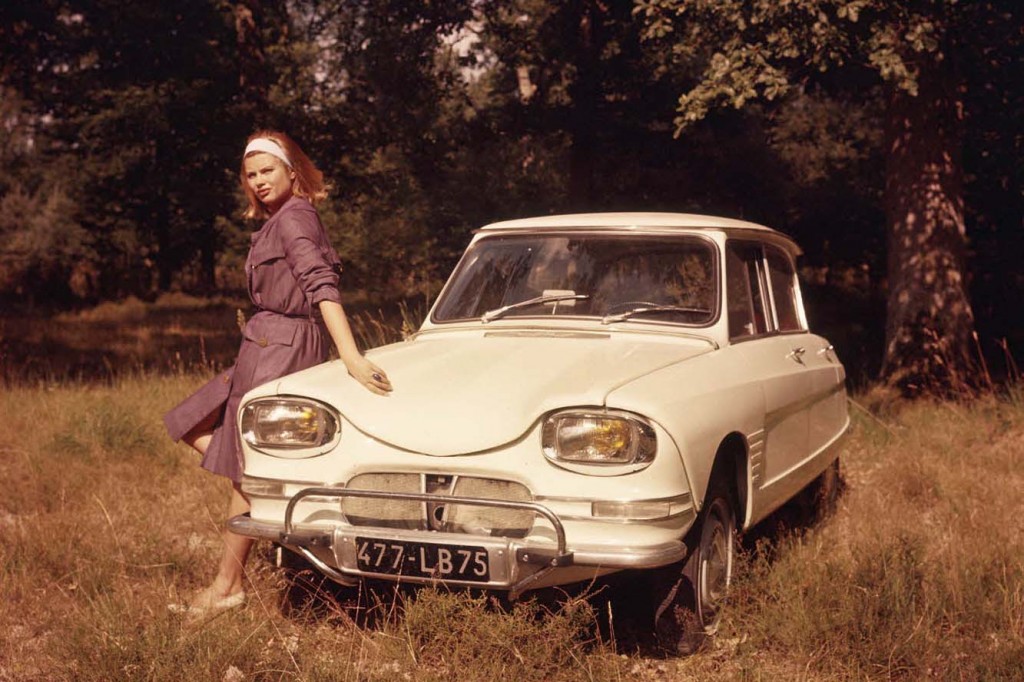 That is an immensely ugly car. Fortunately in that picture you can only see two sides of it at once because the back is just as bad as the front. None the less it was France’s best selling car throughout the 1960s. Why? Because it offered a huge amount of interior space for its size (because of the oddly shaped body), it offered the usual Citroen blend of an unbeatable ride and surprisingly sharp, if rolly, handling and for all its oddball mechanics it was highly reliable and economical. The Ami’s looks came from its function – the distinctive reverse-angle rear window meant that rear space (especially headroom) was undiminished and the odd front styling was simply a way of fitting the rectangular headlamps (a world first) to the car. The body is only there to keep the rain off the people inside, after all…
That is an immensely ugly car. Fortunately in that picture you can only see two sides of it at once because the back is just as bad as the front. None the less it was France’s best selling car throughout the 1960s. Why? Because it offered a huge amount of interior space for its size (because of the oddly shaped body), it offered the usual Citroen blend of an unbeatable ride and surprisingly sharp, if rolly, handling and for all its oddball mechanics it was highly reliable and economical. The Ami’s looks came from its function – the distinctive reverse-angle rear window meant that rear space (especially headroom) was undiminished and the odd front styling was simply a way of fitting the rectangular headlamps (a world first) to the car. The body is only there to keep the rain off the people inside, after all…
The Ami never sold well in Britain for precisely the reasons you’d expect. There’s no way the British would have bought such an odd car in the same numbers as the French. When Citroen tried selling the 2CV here in the 1950s it didn’t work. Their UK manufacturing operation in Slough then clothed the 2CV’s mechanicals in an undeniably pretty, if more conventional-looking, fibreglass body to try and make it more acceptable. It was called the ‘Bijou’ and it remains the only Citroen to have been developed outside France. Unfortunately the huge weight of the body upset pretty much everything about the Deux Chevaux’s finely-balanced design and the result didn’t sell either. The French would never have bought the Bijou. It may have looked better but it didn’t work as well. It wasn’t just the looks, either. The Citroen ID/DS may have been about 40 years ahead of every other car when it was launched in 1955 but it wasn’t aimed at some small-volume high-end luxury market. It was a car for upper-middle-class France. The French equivalent of a Morris Oxford or a Hillman Minx. No suburban-dwelling professional in Britain would have bought a car that looked like a flying saucer (what would the neighbours think!), that floated around on balls of compressed nitrogen and strange red oil, that had a binary brake system worked by a button rather than a pedal, that had a dashboard made of a plastic and that made strange ticking noises as it drove about. It wasn’t respectable and it would look daft outside the mock-Tudor semi in Surbiton.
And now we return to Issigonis because his, and BMC/BL’s error, was to try and force the same sort of thinking onto middle class Britain. Issigonis was very much from the ‘function leads form’ school of thought and disliked any input in his cars from stylists or designers. The original Mini is the prime example of this, with its external hinges and seams, its odd frontal aspect and it’s uncompromisingly basic but effective interior.
The problem came when he applied the same principles to cars further up the market. It all began to go wrong with the ADO17 – the infamous Landcrab. This was BMC’s replacement for the utterly conventional and very successful ‘Farina’ range of saloons but Issigonis was determined to produce something different. The result was technically brilliant – a monocoque with torsional stiffness that wouldn’t be bettered for over a decade, huge legroom and internal space for the car’s size (and it was a big barge of a thing, at nearly 14 feet long), Hydrolastic suspension that offered the usual soft and comfortable ride coupled to surprisingly effective handling and an upscaled version of his transverse engine layout with the gearbox in the sump. The only problem was the looks. Issigonis’ self-penned ‘styling’ was so austere and odd that BMC actually brought in Pininfarina to sort it out, but they couldn’t do much because old Alec had left so little ‘spare room’ in the bodywork- in true Issigonis (and French) style the bodywork had to look the way it did because that’s how the structure of the car made it look. The result was this:
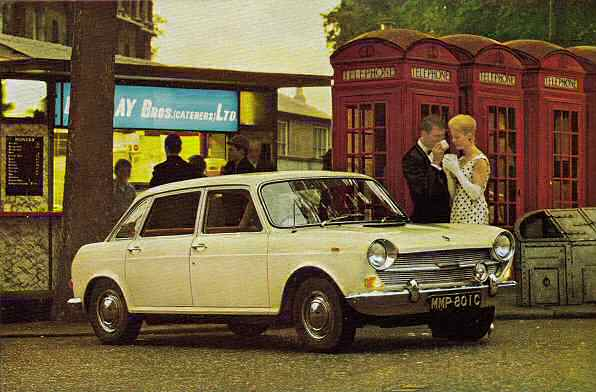 I don’t know about you but that immediately has the look of a French car about it. It’s an odd-looking bus, but it all makes sense if you think about it. The problem is that the British public didn’t want to think about it and the ADO17 was something of a sales flop. The ‘Landcrab’ nickname came about due to the car’s odd ‘wide-as-it-is-long’ stance and wasn’t originally meant with the same amount of affection that it has today. Mr. Surbiton didn’t care if the car was technically brilliant or if it handled better than a Humber Sceptre – it looked ugly.
I don’t know about you but that immediately has the look of a French car about it. It’s an odd-looking bus, but it all makes sense if you think about it. The problem is that the British public didn’t want to think about it and the ADO17 was something of a sales flop. The ‘Landcrab’ nickname came about due to the car’s odd ‘wide-as-it-is-long’ stance and wasn’t originally meant with the same amount of affection that it has today. Mr. Surbiton didn’t care if the car was technically brilliant or if it handled better than a Humber Sceptre – it looked ugly.
Undeterred Issigonis tried again with a variation on the same theme. The last car he designed for BMC used the Landcrab centre-section coupled to a hatchback rear end and a slightly scaled-down version of the front end. The result was the Maxi, which as the world’s first car to combine a hatchback, a 5-speed gearbox and front wheel drive with a transverse engine really set the template for virtually every best-selling car on the road today. Like the ‘crab the Maxi was well packaged with a roomy interior and the famous folding seats. It too had Hydrolastic suspension. It too was less than blessed in the looks department because it was doubly cursed. Not only had Issigonis applied the same ruthless, almost brutalist, design methods but he’d carried over the doors from the ADO17 so the Maxi managed to be ugly in both new and old ways. Meanwhile the front end was bluff and tall because it had to accomodate the new OHC E-Series engine (tall) with a 5-speed gearbox underneath it in the sump (even taller) because that’s how Alec did things. The doors also led to the car’s proportions being even more bizarre because they were clearly off something much bigger. Because the doors dictated the wheelbase the Maxi’s wheels were pushed right out to the corners making it look even more squat and square-rigged than the other BMC FWD cars.
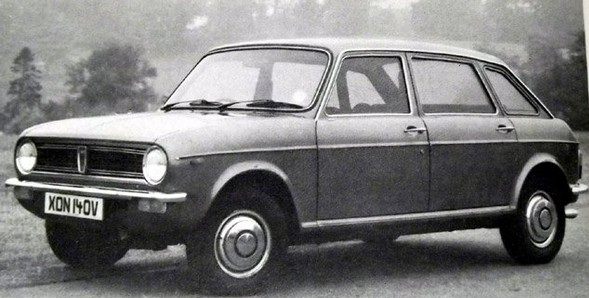 It was later sold as the ‘Best of British Design’…
It was later sold as the ‘Best of British Design’…
Now it should be mentioned that the Maxi had other problems that went beyond its looks and innovative underpinnings. It was woefully underpowered in its original specification and it was launched before development had actually finished (!) which meant it was saddled with a gearchange setup that wasn’t merely bad but literally unusable. However, in true BL fashion, the bugs were eventually ironed out but there was no escaping that, for all its practicality, no many people wanted a Maxi on their driveway.
Meanwhile over the Channel the French (those who hadn’t bought Amis, anyway) were queuing up to hand over fistfuls of francs for the Renault 16.
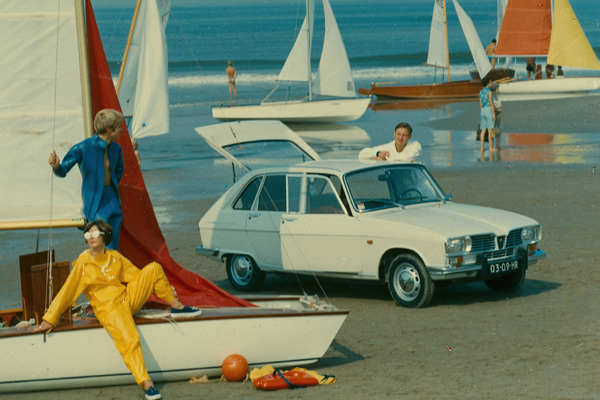 It’s nice to have a point so perfectly encapsulated. The R16 even looks a bit like a Maxi, leaving aside the fact that they’re both front-wheel drive hatchbacks based on bits of other cars. It even had a bizarre gearchange of its own, albeit one that actually worked. The R16 sold well all over continental Europe and a few even found homes in the UK. It was in production for three years longer than the Maxi but managed to shift five times the number of cars.
It’s nice to have a point so perfectly encapsulated. The R16 even looks a bit like a Maxi, leaving aside the fact that they’re both front-wheel drive hatchbacks based on bits of other cars. It even had a bizarre gearchange of its own, albeit one that actually worked. The R16 sold well all over continental Europe and a few even found homes in the UK. It was in production for three years longer than the Maxi but managed to shift five times the number of cars.
The Maxi was the last car Issigonis designed for BMC/BL. None the less the influence continued. BL at least had the sense to realise that not everyone wanted a high-tech car and decided to develop two product lines- Austins would carry on in the FWD/funny suspension/odd looks department whilst Morris would become the badge for a range of thoroughly conventional, not to mention cheap-to-develop, cars. The result of this is well known as BL went into the Seventies with the Austin Allegro on one hand and the Morris Marina on the other. It’s worth mentioning that for all its faults the basic, boring and old-fashioned Marina was Britain’s second-best selling car for several years and over a million were sold, which was double the number of Maxis. Meanwhile Austin produced the Allegro, a car that rivalled the Ami for challenging looks, and the 18-22 (later rebranded as the Princess, proving once again that BL couldn’t stick to an idea for more than five minutes) which in its large size, even larger interior and innovative styling was firmly from the European mould. It was also the last gasp of the BMC/Issigonis way of thinking (and ironically the most successful in execution, if not in sales). Going into the Eighties and now under the guise of Austin Rover the mass-produced cars were thoroughly conventional, although Austin’s big hope for the decade, the Maestro, did borrow some drivetrain and suspension components from a European builder. That fact that that company was Volkswagen – never a company that could be described as unconventional – is a strangely appropriate sign of how attitudes had shifted.
So there you have it. One of British Leyland’s problems was that it wasn’t British enough. The other was that in many ways it tried too hard to make good cars. They just weren’t ones that anyone wanted.

